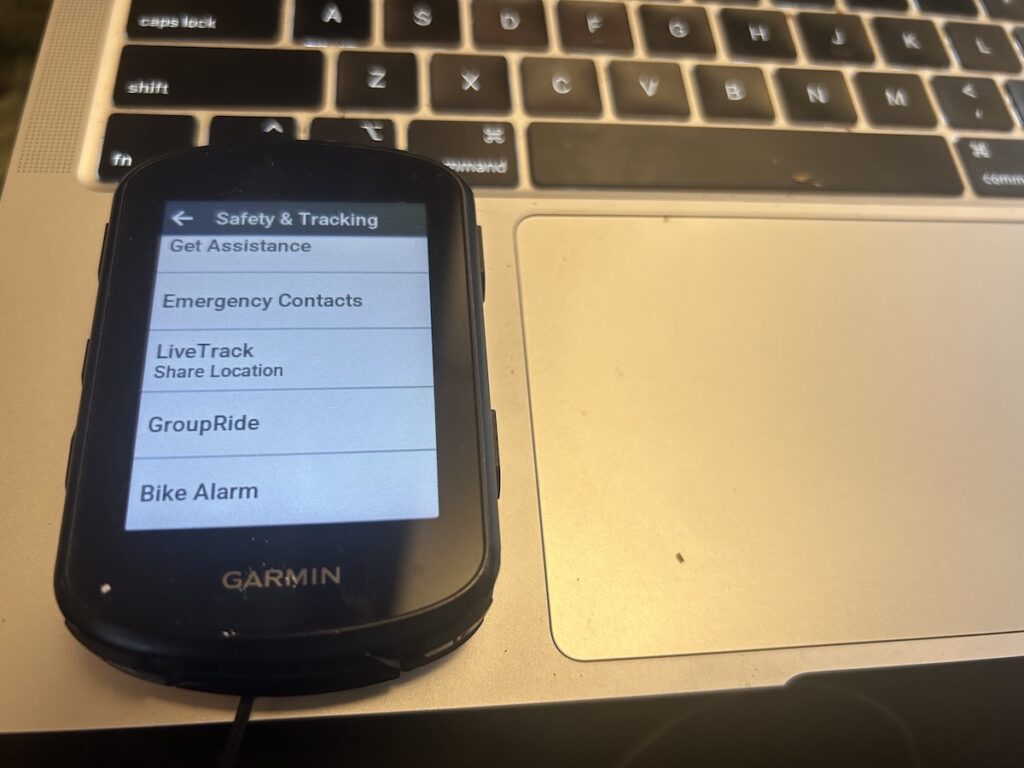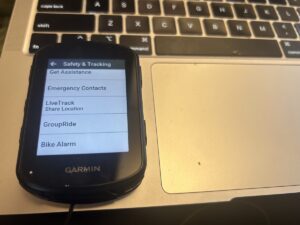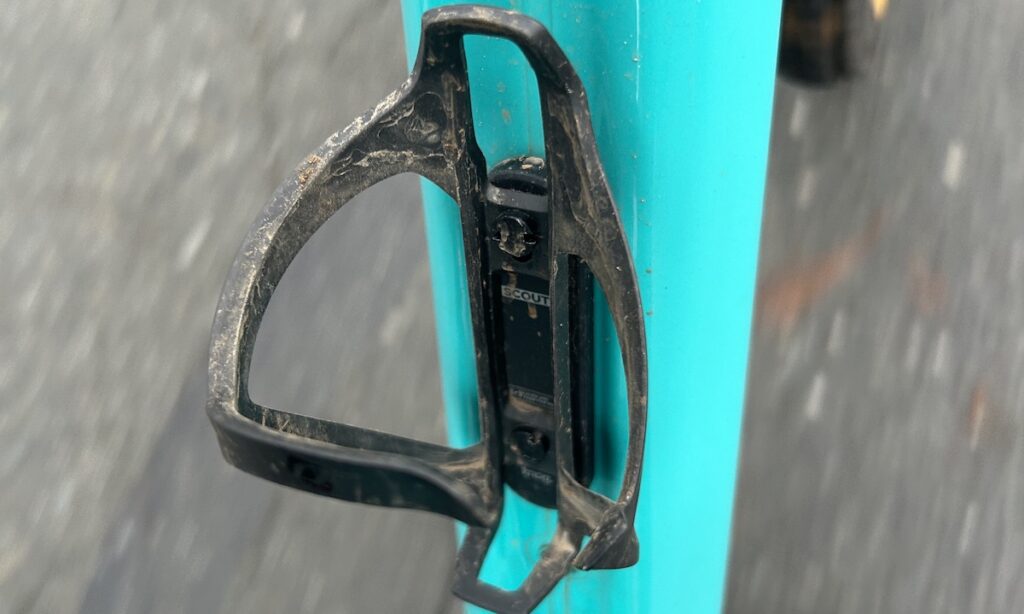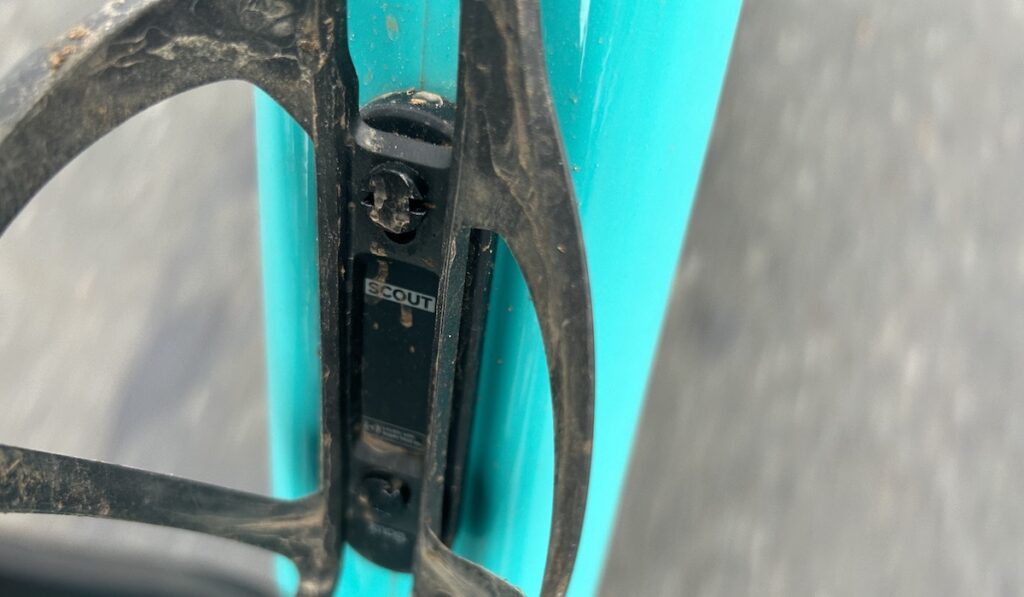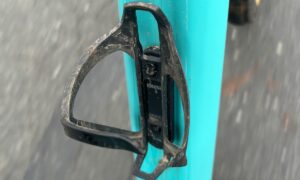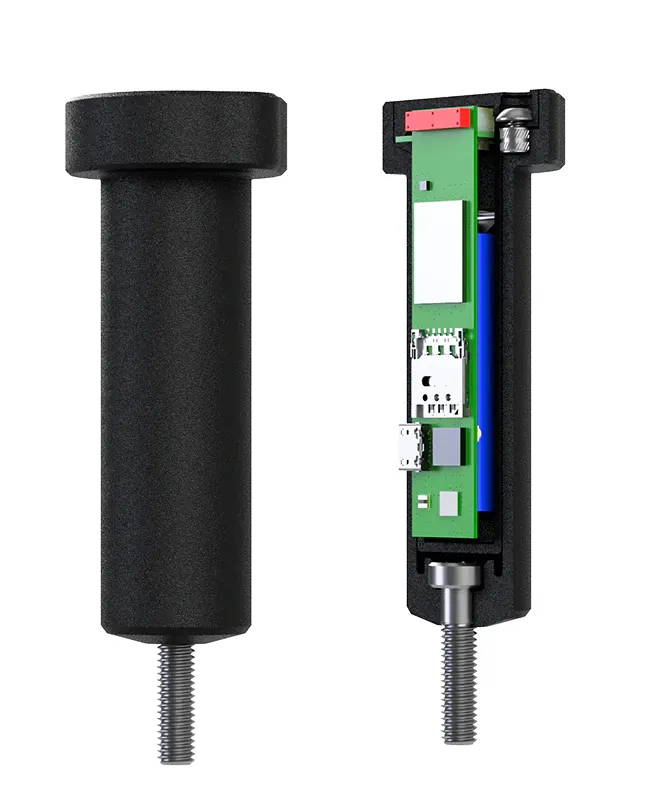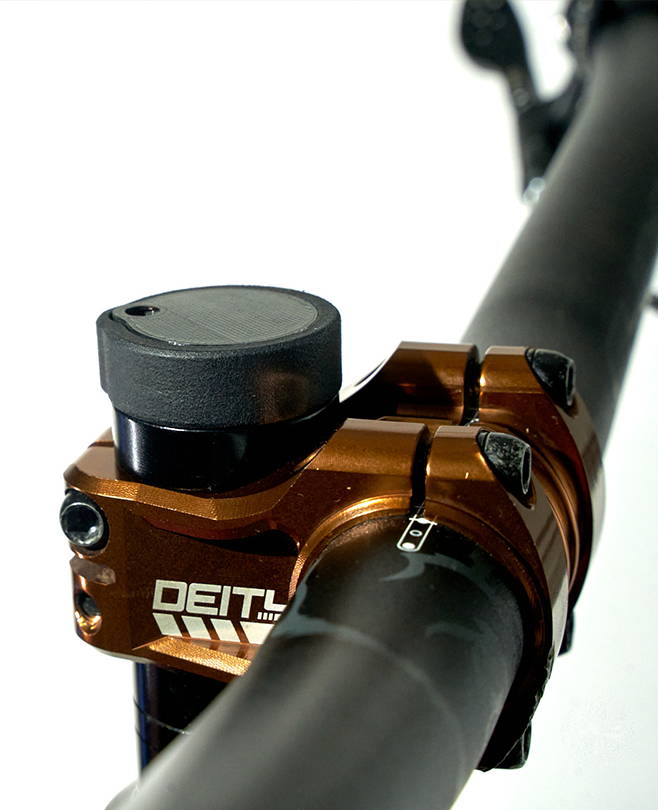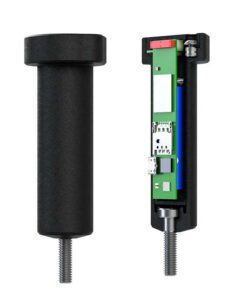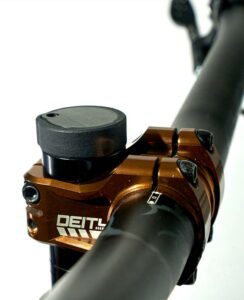Five new tech solutions to keep your bike safe
Cycle-specific and DIY anti-theft devices and tracking apps
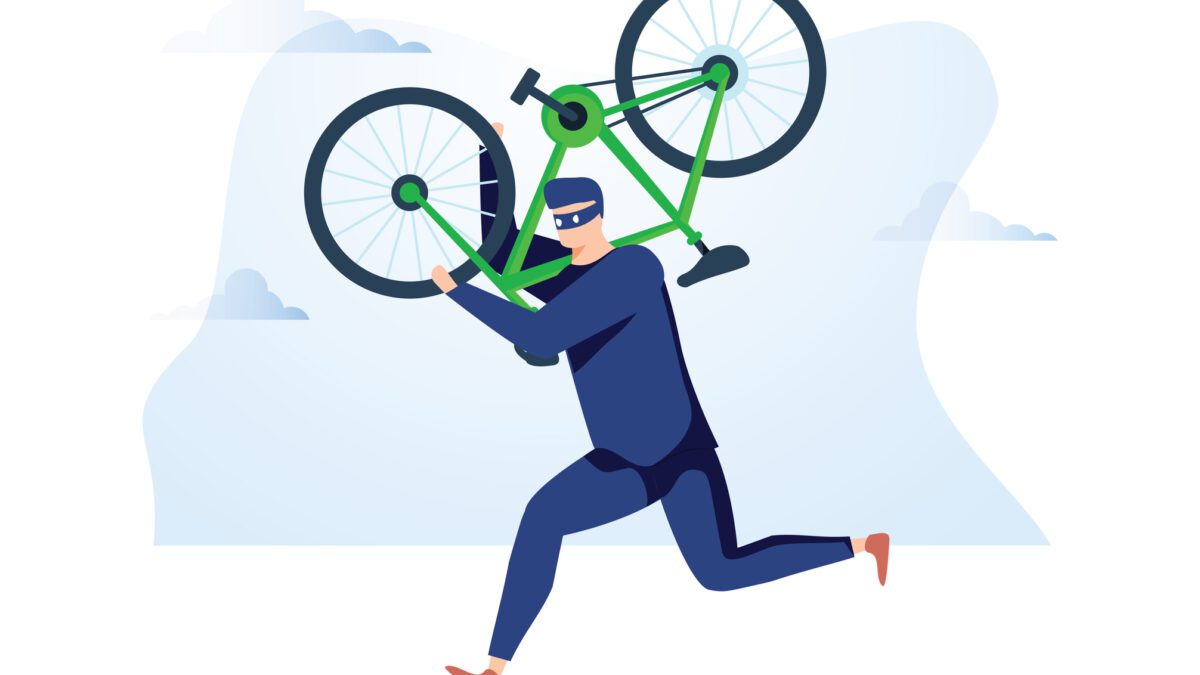 Photo by:
Getty
Photo by:
Getty
Bike theft sucks. Anyone who has developed a serious, maybe too serious, attachment to their two-wheeled companion knows that sinking feeling when you think your trusty steed is no longer where you left it. But the proliferation and miniaturization of technology is here to help. Maybe.
There is a new wave of devices that are either for bikes or can be adapted to use on two wheels, that promise to help us track our bike should a thief run off with it. Most of them promise the ability to see where your bike is going once it leaves your possession (probably) and open up the vigilante fantasy of tracking down your stolen steed and … being responsible and contacting the relevant authorities for assistance recovering it.
You still need a good lock
Before we dive in, let’s be very clear: the best way to recover your bike is to not have it get stolen in the first place. That means a good lock and secure storage. The narrative arc of my research for this story involved increasing excitement and optimism as I discovered more options building towards, ultimately, disappointment as I figured out the limitations (and there are many) of these tech solutions. They are great as additional steps, in combination with other efforts, but none a silver bullet just yet. They might help enough that they’re worth looking at, but that depends a lot on where you are and what the thieves do with your bike once they have their hands on it.
Tiny trackers (Airtags/Eufy/Tile, etc)
Ever since Apple released the AirTag, riders have looked for ways to use them to protect bikes. Apple isn’t the only tracker tag, or the event the first. Tile predates AirTags and is one of the few options that works with Android instead of confining users to the Apple ecosystem.
All the options use a similar design, allowing tracking via a close-range signal. AirTag and Eufy tap into Apple’s Find My system (and app, though Eufy has a parallel app you can use as well). Tile has its own App and system. That means all of these trackers only work if other users of the same system are nearby. For anything using Find My, that’s anyone with an Apple device. For Tile, it’s a little more complicated, but the same basic premise. All trackers have their own additional features which do, or do not really help in the specific use case of a stolen bike (Tile shows last location, for example). But the same limitation applies: since they require people nearby, these will work better in densely populated areas than they will in more sparsely populated areas (or if you bike moves to a sparsely populated area…)
There are DIY ways to hide these on your bikes. More on that below.
Options: Apple, Tile, Eufy, Atuvos, Chipolo, Galaxy SmartTag, and more.
Tracking tag mounts (AirTag and otherwise)
Now that you have a tracker tag, you need a way to securely attach it to your bike. There are a proliferation of mounts available directly from brands and many, many more DIY options available through places like Etsy. The majority of these are, unsurprisingly, designed to work with Apple’s AirTag. But there are options for Tile and, if you know anything about 3D printing, the designs are easily adaptable to other brands.
All of the options strike a different balance between being well hidden, attaching to a part of the bike that isn’t easy to remove and being located in a position that allows the tracker to transmit freely. Some do restrict the tags ability to broadcast its location (some metal cases – or, effectively, frames – can mute or muddle the signal, apparently).
Efeall (only available through Amazon) makes one that hides under a replacement stem cap and another version that fits the bottom of a fork – mountain bike or road (though you’ll need to be sure of fit). This may not work with fancy aero or integrated stems but, if it does fit, it’s in a place that isn’t immediately easy to spot and remove.
Ninja Mount sells ready-made ways to attach to different parts of your bike. Woo Cycles offers one that attaches to water bottle mounts and comes in an array of colours to match, hide or, for overt deterrence, compliment your frame colour. There are also a wide range of DIY and 3-D printed ways to attach an Airtag if you have other ideas, or you want to make your own. Etsy, Amazon, other online sellers sell several versions. While I haven’t seen any that specifically adapt to frame storage compartments, those are surely coming, too.
Garmin Bike Alarm
Newer Garmin head units come with an optional feature called Bike Alarm. If you stop for a cafe stop mid-ride, or if you’re running errands on the drive home, you can arm the Bike Alarm. If your bike moves while it’s armed, the Garmin will make a noise and send an alert to your phone. So remember to turn it off before you get rolling again. This Garmin feature is limited in its use (Garmin needs to be turned on and on the bike), but it is at least integrated into something you already have instead of adding another completely new device.
Access the Bike Alarm feature under the “Safety & Tracking” tab of the settings menu. It will ask you to set a password, which you also have to enter before you can arm it.
Knog Scout
Knog taps into Apple’s Find My network for its Scout alarm, and adds a few features. The Scout can be armed/disarmed remotely via an App. It will also sound an 85dB alarm automatically when armed, or you can sound it through the app yourself. It also includes anti-tamper screws. The Scout fits nicely under a water bottle mount. It’s a subtle black that lets it blend in (though Knog includes a bright cover for “overt deterrence” too). It does require USB-C charging, and doesn’t come with a charging cable. So hopefully you have an outlet near where you store your bikes.
Since Knog taps Find My for its tracking, the same limitations apply as with an AirTag and it only works with iOS devices.
4iiii Precision 3+ powermeter
Calgary’s 4iiii partnered with Apple to add Find My tracking to its crank-based power meters. Like most other devices, it uses Apple’s Find My network, so it only works with iOS devices and when there’s people around, though I think we’ve covered those limitations pretty repetitively at this point.
But, if you’re looking for a power meter anyway, it is cool that 4iiii has added this feature. It still functions as a power meter so it’s not just something sitting there waiting for your bike to get stolen.
Snik GPS
Snik is a new Vancouver-based company that is taking tracking to the next level. This means it is more expensive than the other options (except 4iiii, which is either a free ad-on if you’re already using power or a very expensive way to add an AirTag to your bike). But it is the only option than can really give live, GPS-based tracking if your bike is stolen.
Snik is a small GPS unit that is installed into your steerer tube (similar to a OneUp carrier or Bontrager’s BITS tool). That means Snik does require a dedicated space on your bike and it changes the aesthetics a bit, especially on drop-bar road bike.
The small unit includes a GPS which, using Snik’s app, will provide alerts if your bike’s stolen and allows you to track your bike as it moves. That GPS function requires a subscription (satellites are not cheap) but, at under $10/month, its less than the price of a new tire for a full year and the first year is free. Cheap compared to replacing a bike, right?
The tiny GPS comes with some limitations, there’s only a couple days run-time in active tracking mode so there is an added element of urgency to recovering your wayward steed. But when that battery runs out, Snik is also compatible with, you guessed it, Apple’s Find My system and will revert to that mode so you can still track your bike.

